
Expert in weighing medical evidence, cancer, COVID forecasting & mitigation, health disparities, financial analytics. 120 publications. PhD program director.
51 subscribers
How to get URL link on X (Twitter) App

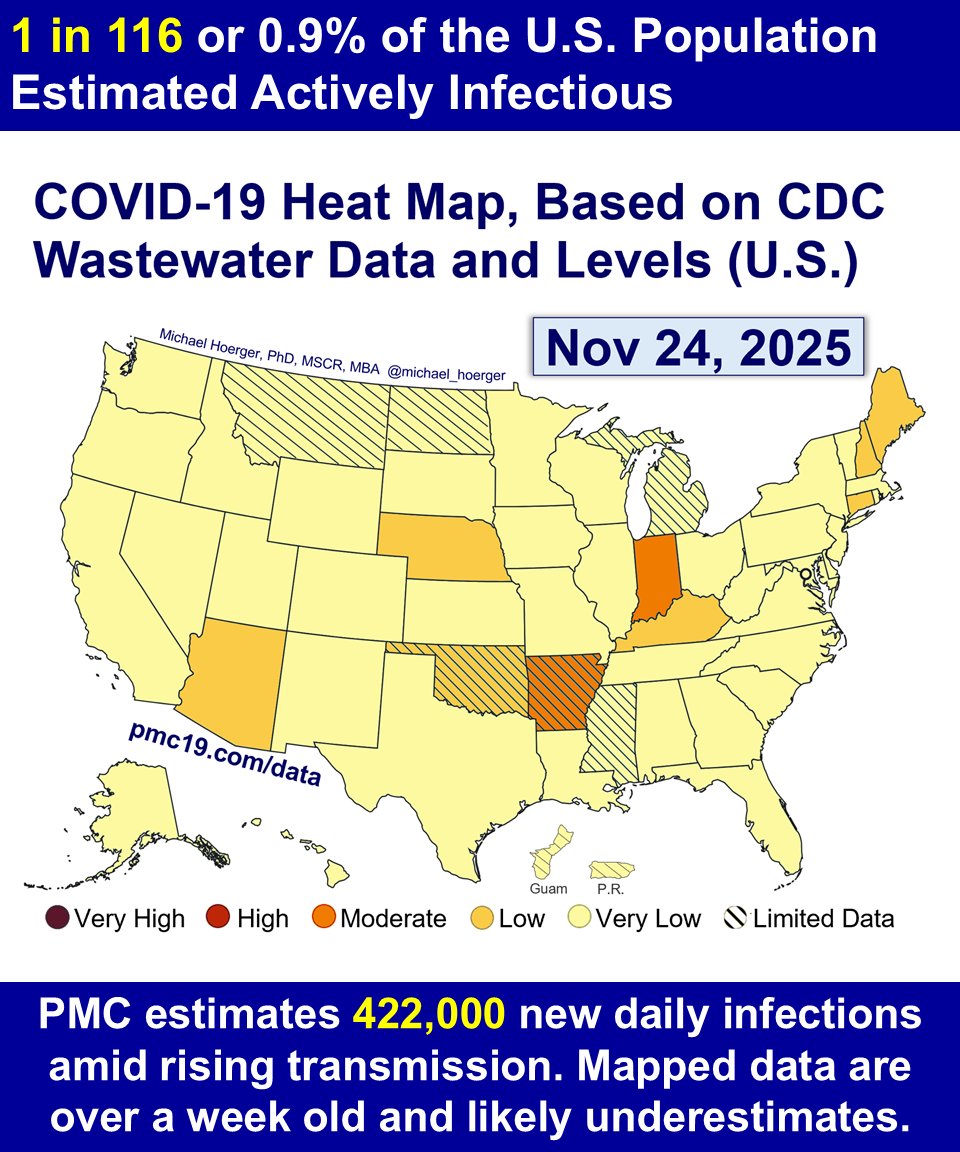
 PMC COVlD Update, Week of Nov 24, 2025 (U.S.)
PMC COVlD Update, Week of Nov 24, 2025 (U.S.)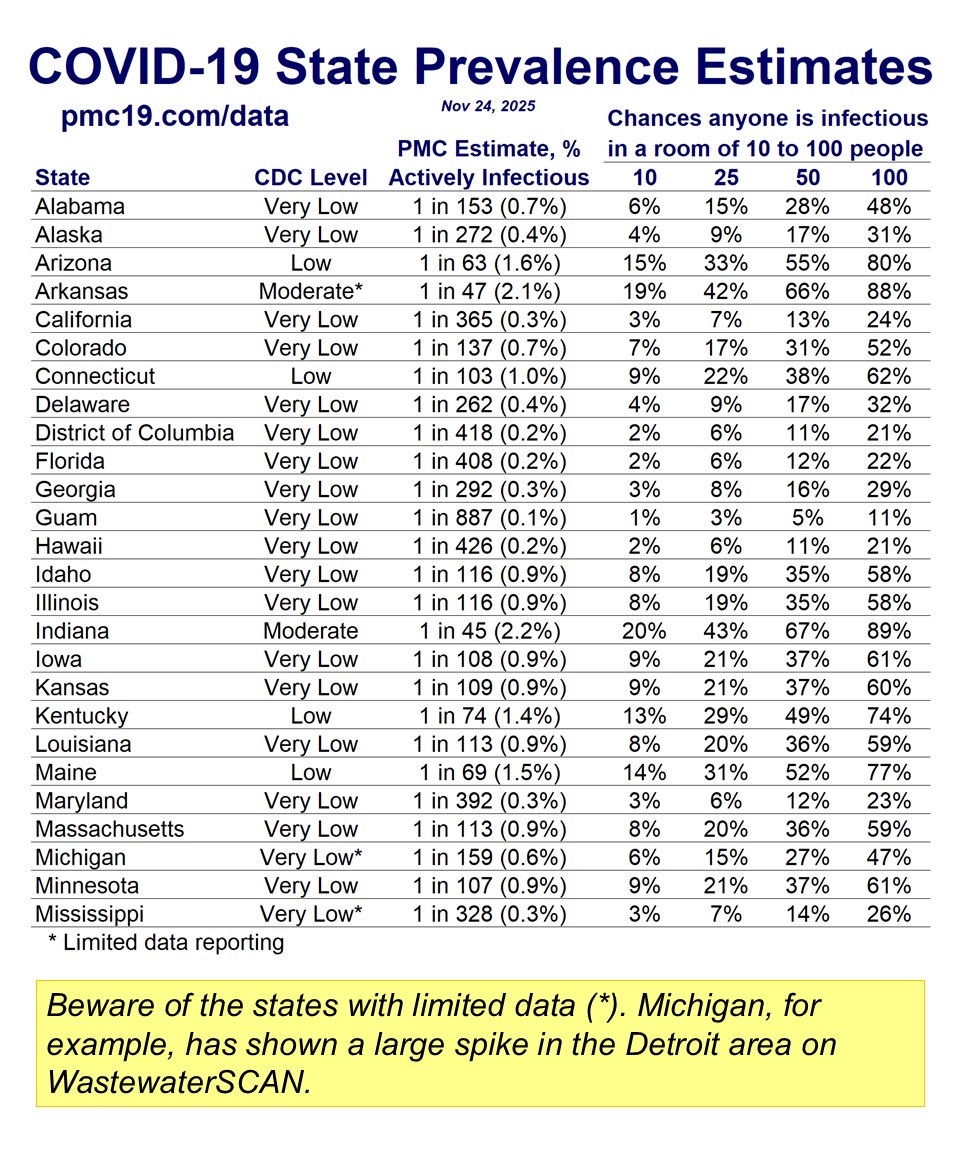

 PMC COVID Update, Week of Nov 10, 2025 (U.S.)
PMC COVID Update, Week of Nov 10, 2025 (U.S.)

 PMC COVlD Update, Nov 3, 2025 (U.S.)
PMC COVlD Update, Nov 3, 2025 (U.S.)

 PMC COVlD Update, Oct 27, 2025 (US)
PMC COVlD Update, Oct 27, 2025 (US)
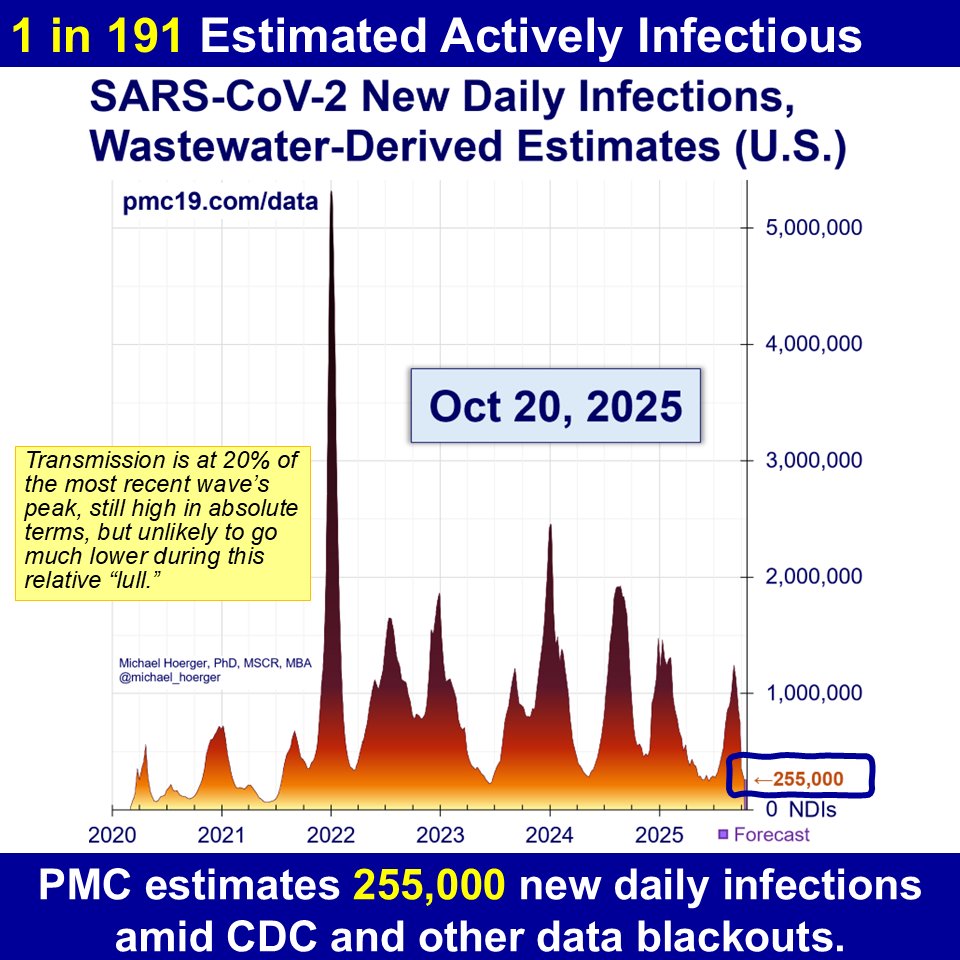
 PMC COVlD Update, Oct 20, 2025 (U.S.)
PMC COVlD Update, Oct 20, 2025 (U.S.)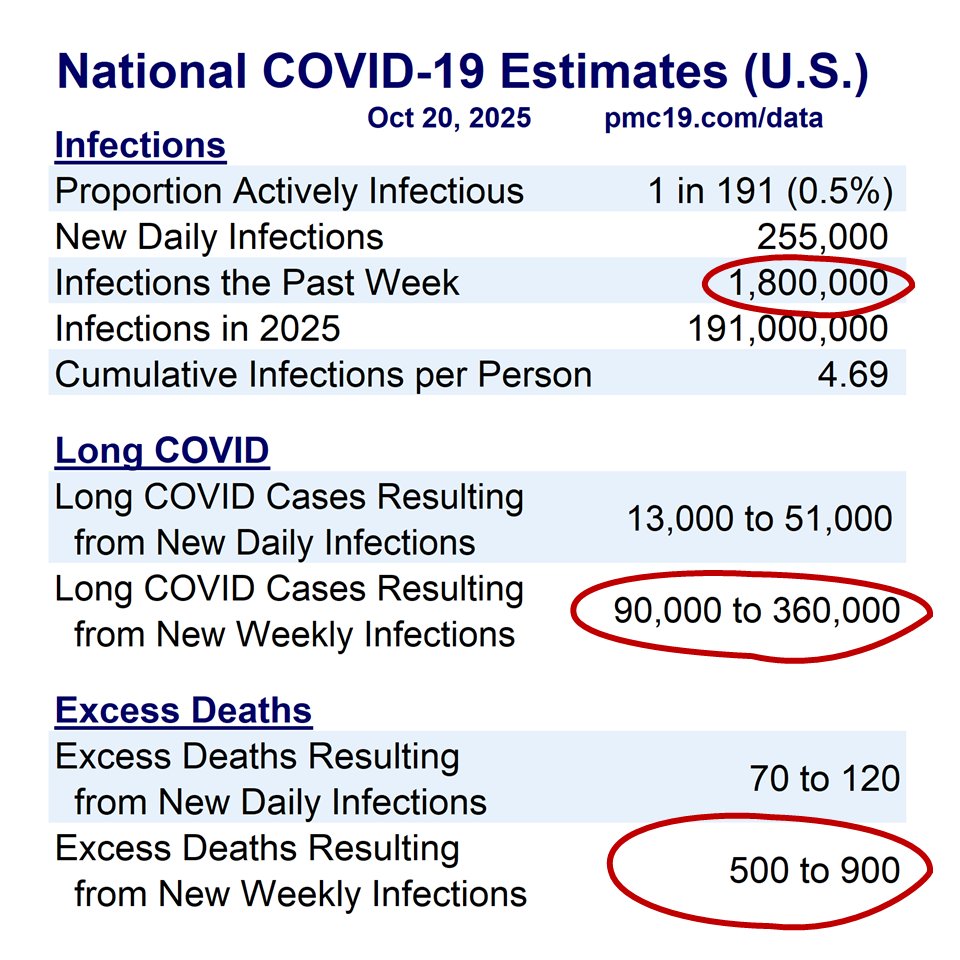

 Data in #Austria show a rising COVlD wave. The x axis (bottom) has infrequent labels, but the data shown go through October 8th.
Data in #Austria show a rising COVlD wave. The x axis (bottom) has infrequent labels, but the data shown go through October 8th.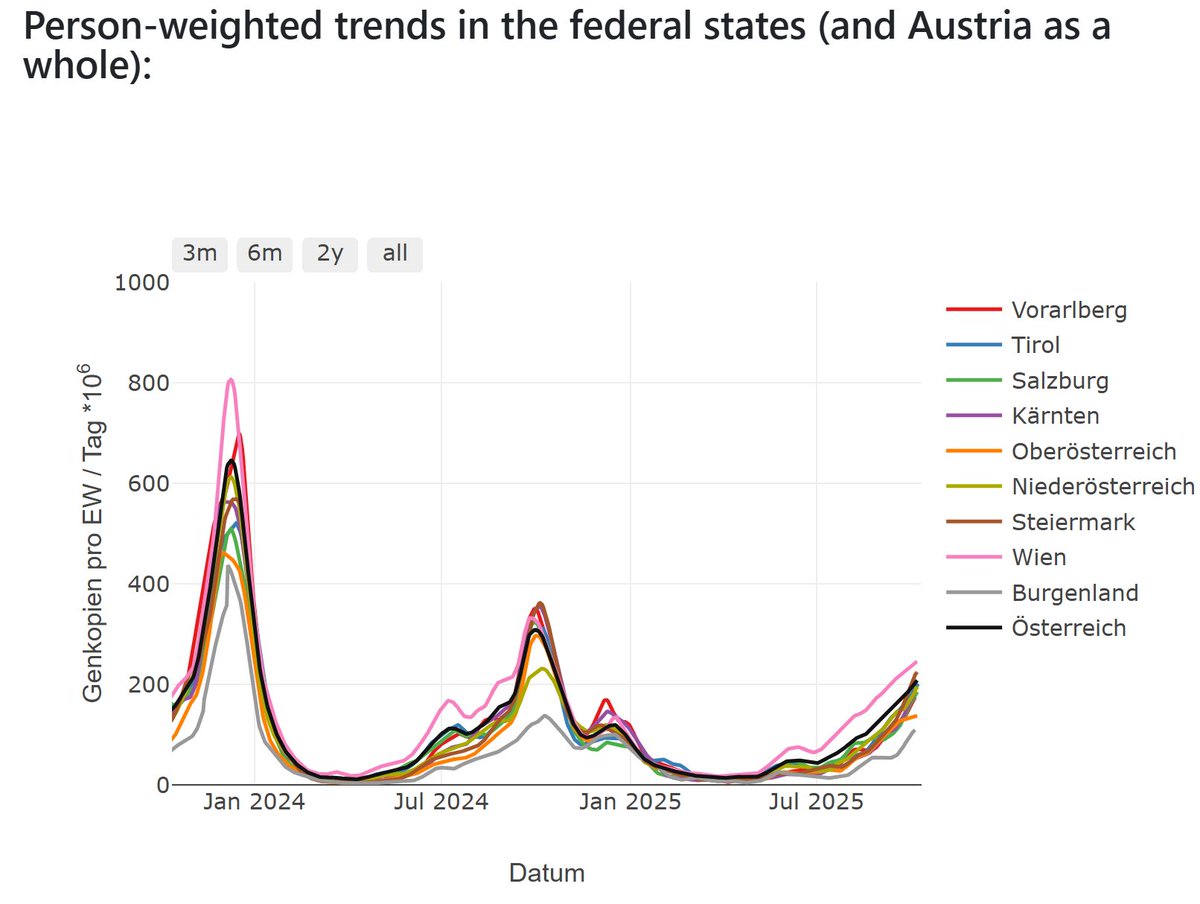

 PMC COVlD Update, Week of Oct 6, 2025 (U.S.)
PMC COVlD Update, Week of Oct 6, 2025 (U.S.)

 Georgia law indicates that the pharmacy board is to follow ACIP. They do not dictate further nuance. Georgia continues to require prescriptions, going against the spirit of the law, ACIP, and 47 other states.
Georgia law indicates that the pharmacy board is to follow ACIP. They do not dictate further nuance. Georgia continues to require prescriptions, going against the spirit of the law, ACIP, and 47 other states. 

 PMC COVlD Update, Sep 29, 2025 (U.S.)
PMC COVlD Update, Sep 29, 2025 (U.S.)

 #NewYork has "High" transmission statewide & many counties are seeing "Very High" transmission, per CDC.
#NewYork has "High" transmission statewide & many counties are seeing "Very High" transmission, per CDC.

 PMC COVlD Dashboard, Sep 22, 2025 (U.S.)
PMC COVlD Dashboard, Sep 22, 2025 (U.S.)
https://twitter.com/60Minutes/status/1571652540592050176Far from harmless, recent high-quality data (e.g., PCORnet) suggest each infection leads about 30% of people to experience long-term health sequelae.
https://x.com/fitterhappierAJ/status/1968190962523582930

 PMC COVlD Report, Sep 15, 2025 (U.S.)
PMC COVlD Report, Sep 15, 2025 (U.S.)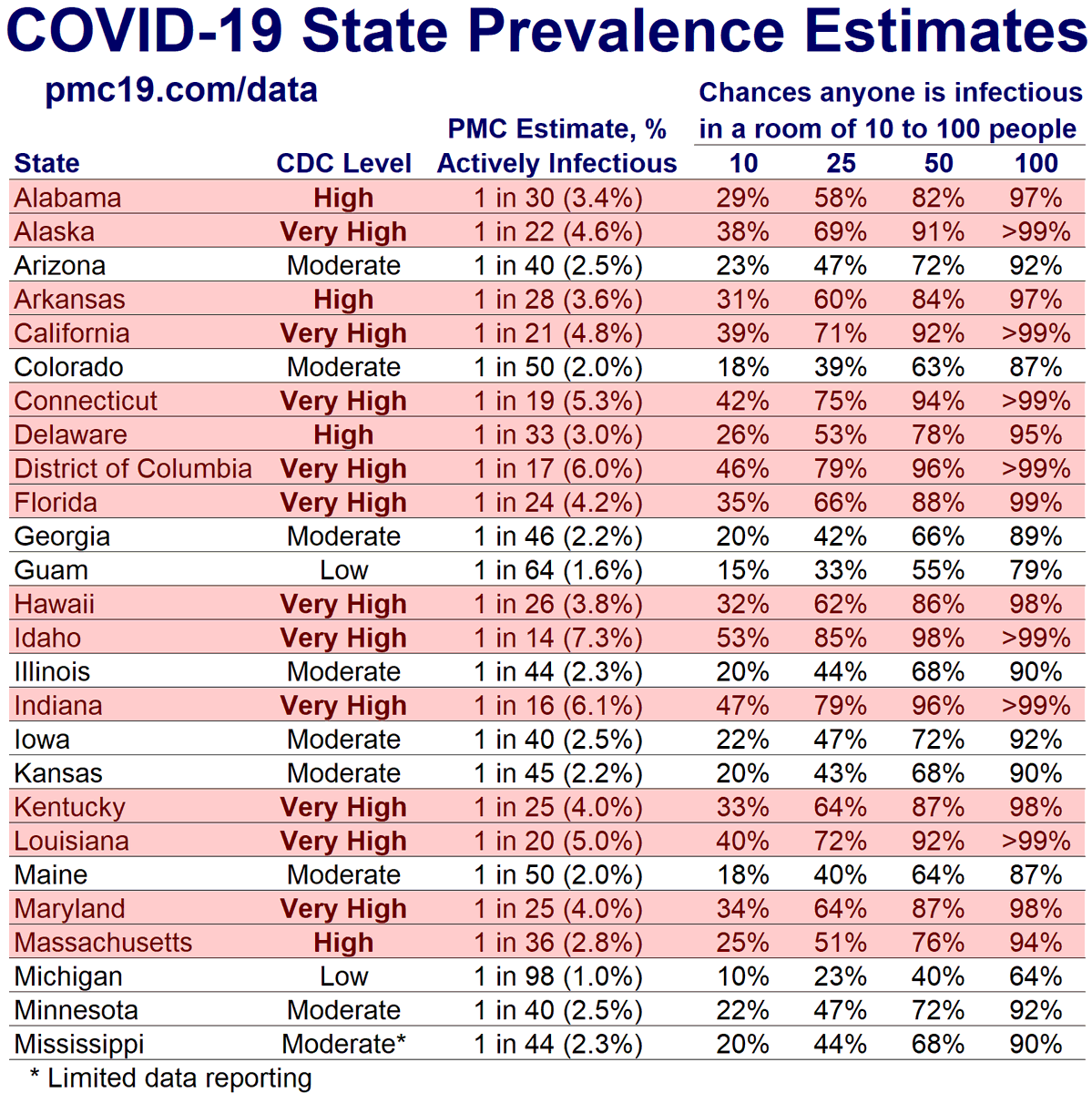

 CDC wastewater data in California show COVlD cases increasing from the already "Very High" levels last week.
CDC wastewater data in California show COVlD cases increasing from the already "Very High" levels last week.

 PMC Dashboard Update (U.S.) 🧵2 of 8
PMC Dashboard Update (U.S.) 🧵2 of 8
https://twitter.com/michael_hoerger/status/1737584047994347841Second, a lot of people can sustain a strong denial of reality about the ongoing pandemic during lulls. They suppress the existence of COVlD waves and excess deaths, disability, and retirements.

https://twitter.com/yaneerbaryam/status/1949122734862082394

 Alt text continued
Alt text continued 

 Historically, the CDC data have correlated near-perfectly with similar metrics, such as Biobot's wastewater estimates (still active) or the IHME true case estimates (through mid-2023).
Historically, the CDC data have correlated near-perfectly with similar metrics, such as Biobot's wastewater estimates (still active) or the IHME true case estimates (through mid-2023).